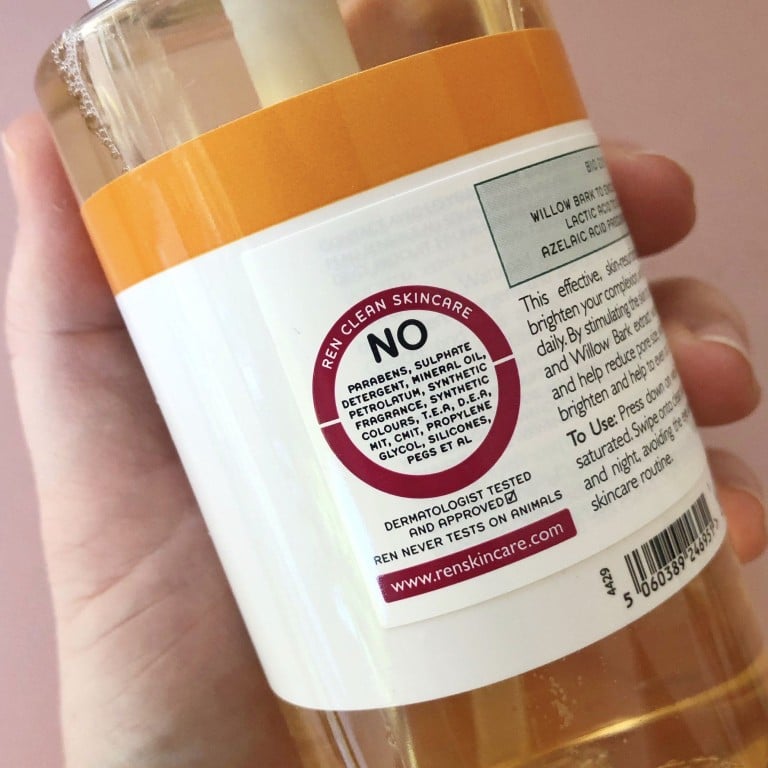7 skincare ‘nasties’ you should be avoiding: these ingredients may have negative health effects, so why are they still in our beauty and personal care products?

- Over the past decade, consumers have become savvier with their beauty choices, focusing on ‘clean’ products with skin-safe ingredients
- Ingredients like parabens, sulphates, alcohols and phthalates all get a bad reputation, but they’re still often found in creams, toners, lotions and shampoos …
Here are some of the most common hidden skincare nasties, and how to identify them so that you can make informed decisions and choose safer, skin-friendly products.
1. Parabens

However, regulatory authorities like the FDA and SCCS consider them safe at the low concentrations typically found in cosmetics. Still, the industry has responded to consumers’ concerns with a wide variety of paraben-free products.
2. Phthalates

Commonly used as solvents and fixatives, phthalates enhance consistency and fragrance longevity, but have raised safety concerns as endocrine disrupters, which could potentially have an adverse impact on hormonal and reproductive health. Their ability to be absorbed by the skin has led to careful examination, as they’ve been connected to skin irritations and allergic reactions.
Despite the risk these chemicals pose to consumers’ health, regulatory bodies around the world have offered varying responses. The European Union has banned or restricted certain phthalates, while the US-based FDA continues to evaluate their safety. Despite the lack of definitive evidence of their harmful effects at low levels, the risks associated with their endocrine-disrupting properties have led to an industry shift towards phthalate-free products over the past decade.
3. Synthetic fragrances

Synthetic fragrances are made from various chemical compounds, including petroleum. These fragrances, which aim to replicate natural scents or create new ones, are valued for their consistency, strength, longevity and cost-effectiveness. However, while they enhance a product’s sensory appeal, there are concerns over the lack of transparency in their composition, as the term “fragrance” can mask a range of undisclosed chemicals.